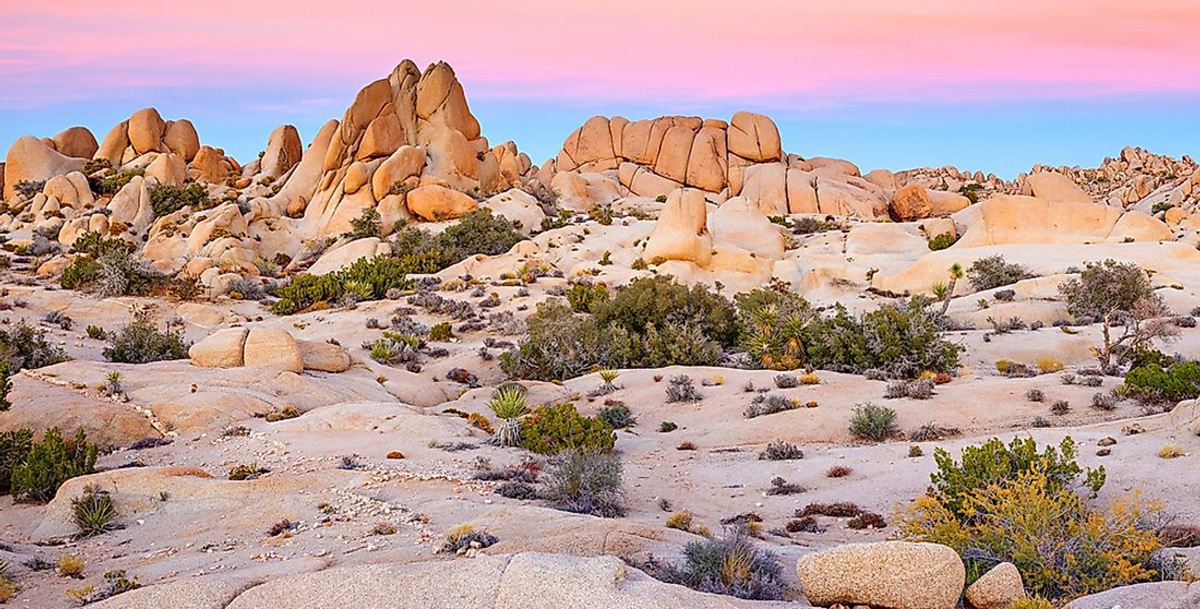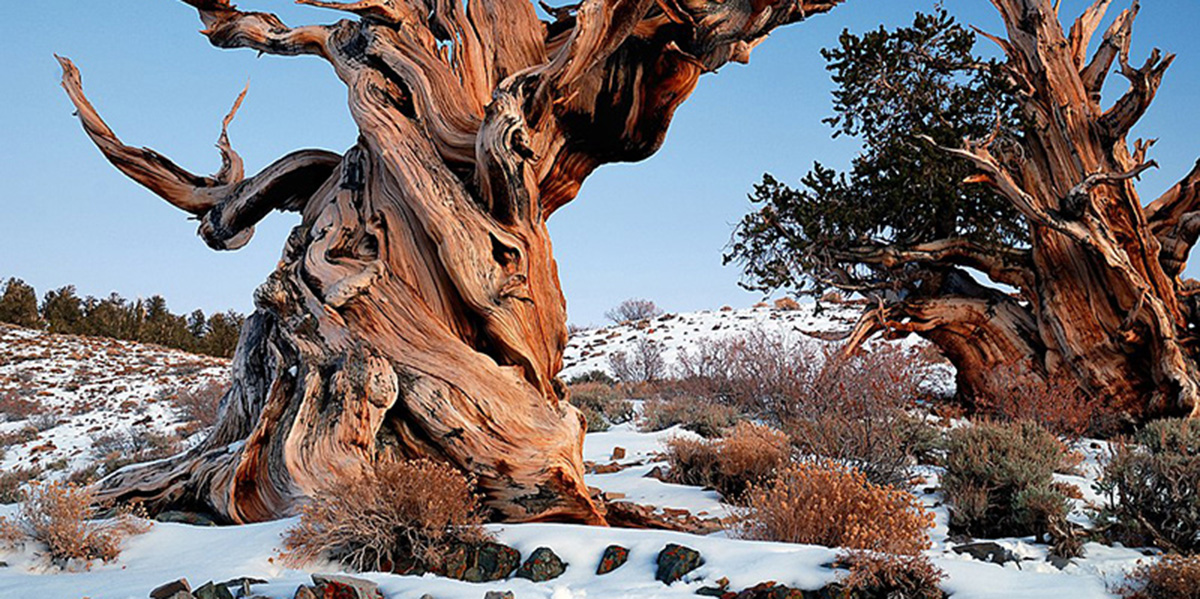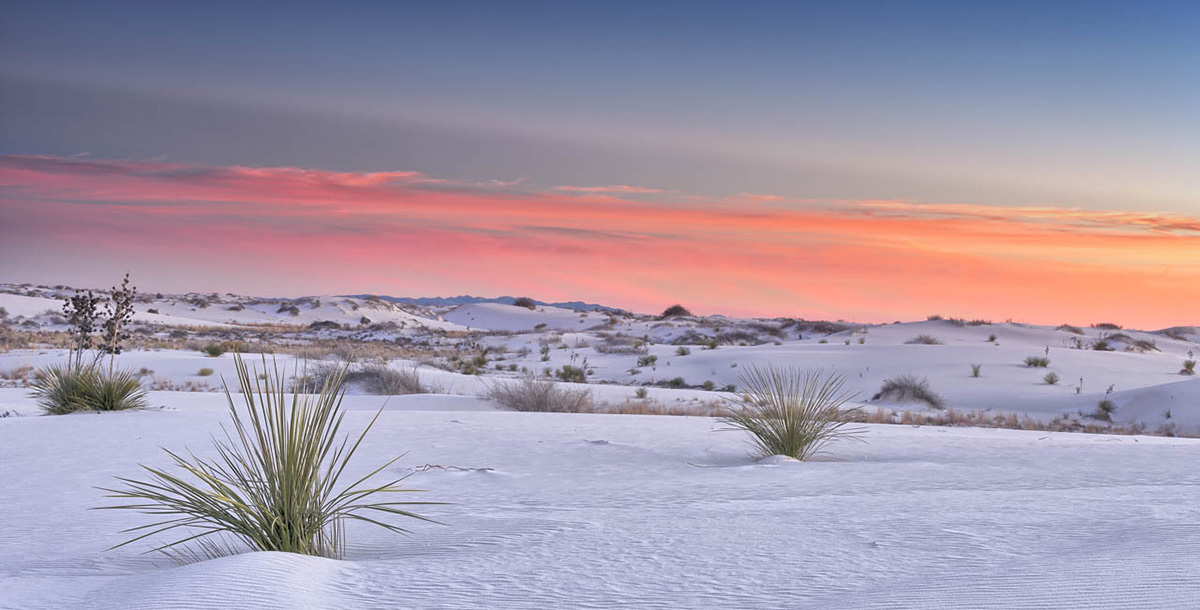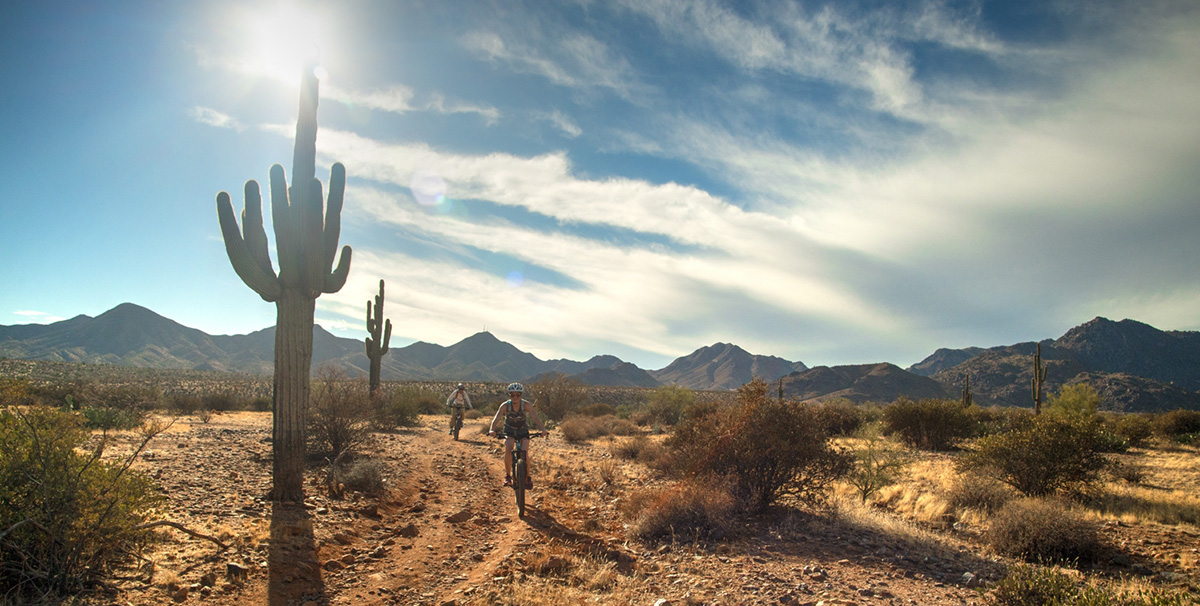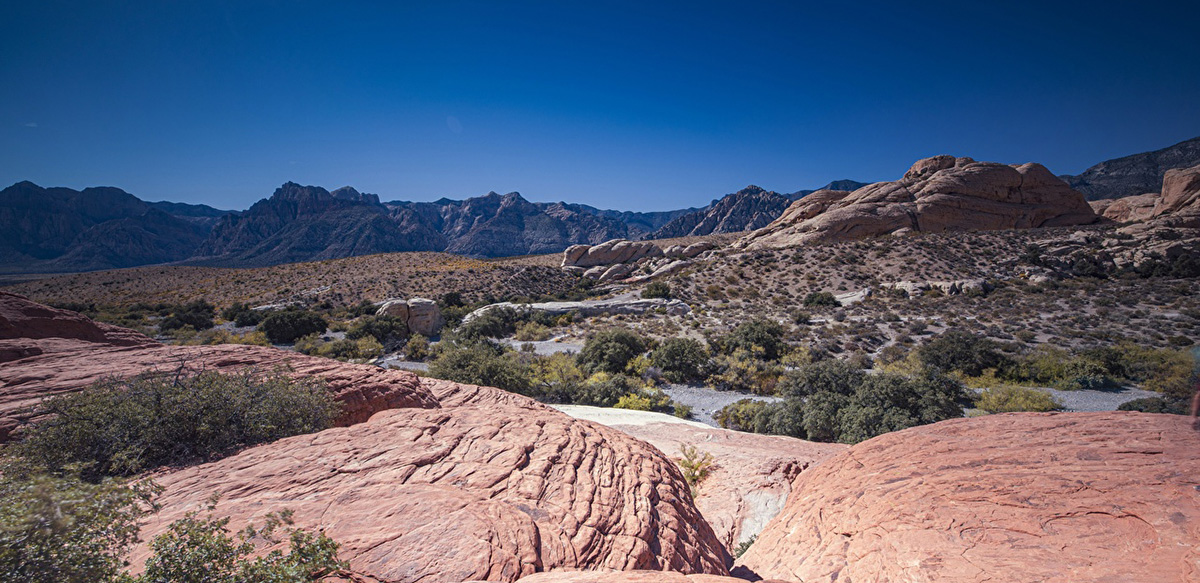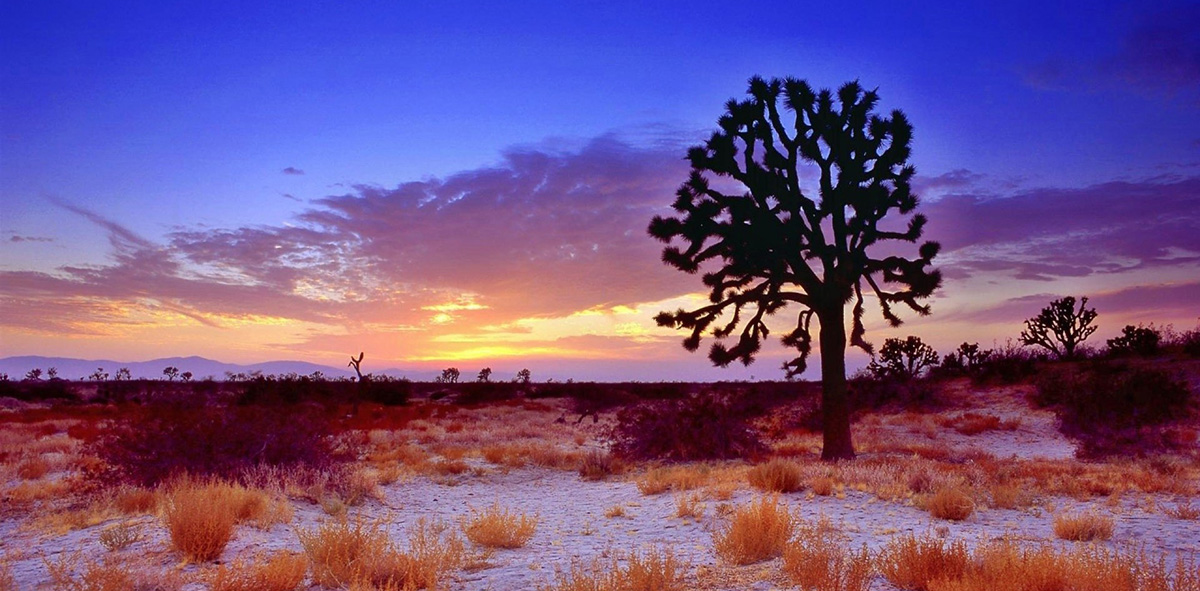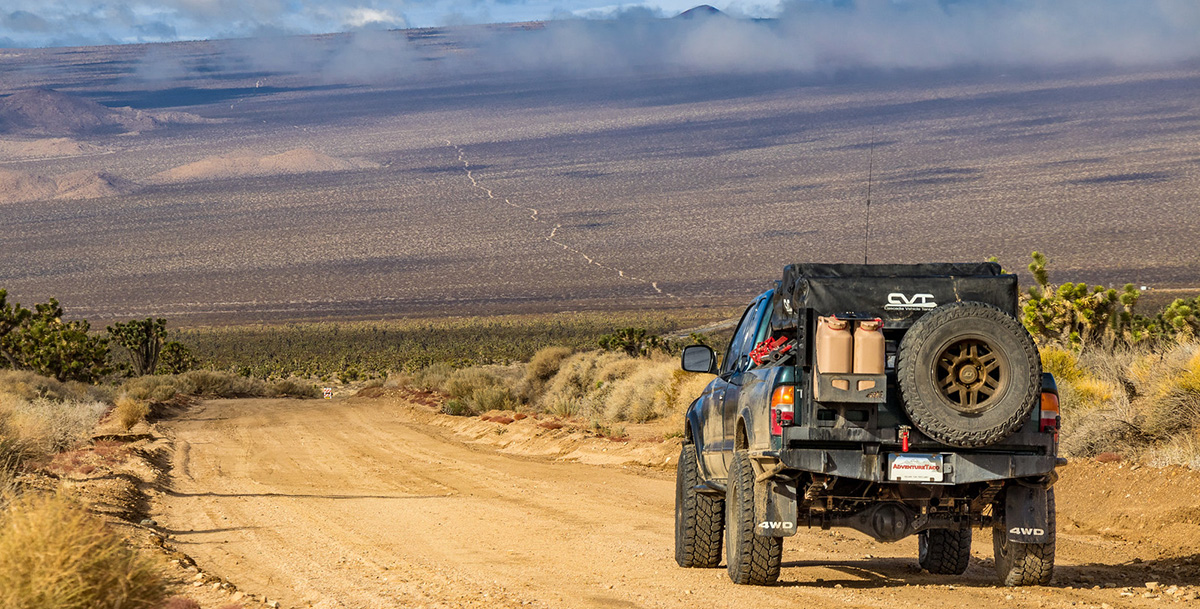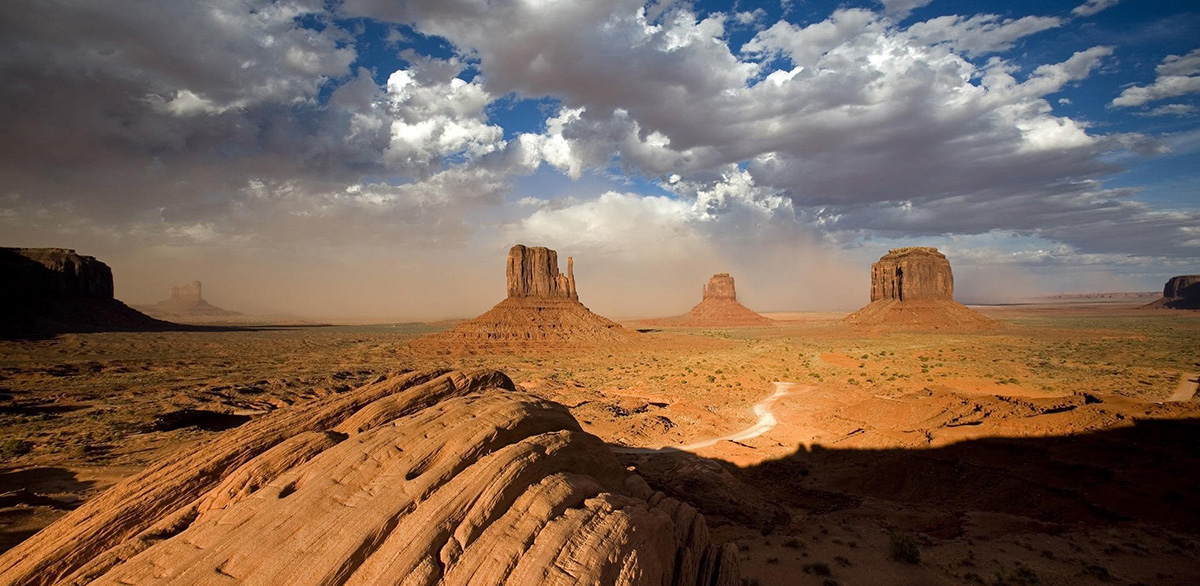
In many films in the United States we see deserts with serial killers, cowboys, drug dealers or people having an adventure. The United States deserts They are one of the most popular locations for filming movies.
But what are they? How many deserts are there? What characteristics do they have? All that and more in our article today: America's deserts.
United States deserts
In general lines and under the modern magnifying glass, the deserts of the United States and northern Mexico are grouped into four categories that are based on the composition of the flora and its distribution, the geological history of the region, the soil and its mineral conditions, the elevation and the precipitation patterns.
There are four great deserts and three of them are considered "Hot deserts"Not only because they have very high temperatures in summer but because their flora is quite similar. The fourth desert is considered a "Cold desert" because it is cooler and the flora is no longer subtropical in origin like that of the other three.
Great Basin Desert
This desert occupies an area of 492.098 square kilometers so it is the largest in the country. It's a cold desert with hot, dry summers and cold winters where sometimes it can even snow. This is mainly due to the fact that it is at a higher altitude since it passes through various sectors of the country such as California, Utah, Oregon, Idaho and Arizona. Specifically, the northern three-quarters of Nevada, western and southern Utah, the southern third of Idaho, and the southeastern corner of Oregon.
Others also consider it to include small portions of western Colorado and southwestern Wyoming. And yes, to the south it borders the Mojave and Sonora deserts. During most of the year the desert it's very dry because the Sierra Nevada mountains block the humidity coming from the Pacific Ocean. A curiosity? It houses the oldest living organism known to man, the Britkecone pine. Some specimens are estimated to be around 5 years old.
Speaking of vegetation in general, the flora of this desert is homogeneous, with a dominant species of shrub for kilometers and kilometers. Cactus? Very few. This desert also has different sectors. Beaches is one, with geological activity, the Colorado Plain with its spectacular geological formations and high elevations, is another.
Chihuahuan Desert
This desert runs between the United States and Mexico and occupies an area of 362.000 square kilometers. Most of it is in Mexico and on the US side it occupies part of Texas, Arizona and New Mexico.
The truth is that this desert has a unique and ever-changing landscape. It is a barren desert but still it has many plant and animal species. There are yuccas, there are cacti, there are bushes. Inside too Big Bend National Park works and also the Rio Grande crosses it providing enough water before flowing into the Gulf of Mexico.
It is a large desert. In winter the temperatures are cool and in summer very, very hot. Most of it receives little rainwater all year round and although it can rain in winter, the rainy season is summer.
Its surface is difficult to categorize geologically speaking, but in general there are lots of limestone and calcareous soils. There are many bushes, it is the typical bush desert that we see in the cinema, but the perennial species are few. Animals? There may be Mexican gray wolves.
Sonoran desert
This desert It goes from Mexico through Arizona to southern California. It covers an area of about 259 thousand square kilometers and is bordered by the Mojave Desert, the Colorado Plain and the Peninsular Ranges. Subdivisions include the deserts of Colorado and Yuma.
The lowest point above sea level is the Sea Salton, with a higher degree of salinity than the Pacific Ocean itself. In addition to this sea, the Colorado River and the Gilas River pass through here as primary sources of water. Irrigation has generated fertile land for agriculture in several areas, for example the Imperial Valleys or Coachella in California. There are even some resorts to spend warm winters in Palm Springs, Tucson, Phoenix.
Among the typical vegetation is the saguaro cactus, quite popular because it only grows here. It can be really very tall and several branches grow from the trunk so it looks like a human. Its flowers are pollinated by bats, bees and even pigeons.
It should be noted that it is the hottest desert of all deserts in North America, but its rains produce a great biological diversity. The summer rains allow the growth of some plants, those of the winter, of others. There are even spring trees and flowers.
Inside is the Sonora Desert National Monument that dates from 2001, protects a certain surface of it and underlines the magnificence of this landscape.
Mojave desert
It crosses Nevada, Arizona and California and receives two inches of rainwater per year so that is what is said a super dry desert. And very hot. It is also a very large desert and thus has a very varied elevation of the terrain. The highest point is the Telescope Peak and the lowest the Death Valley. Always talking about altitude.
One of the most outstanding points of this desert is the Joshua tree, a typical tree and it is found on its borders. It is considered an indicator of species and that provides life to around two thousand more plant species. Species indicator? It refers to a living organism that can be used to measure certain environmental conditions. Also, there are around 200 endemic plant species and if we talk about animals there are coyotes, foxes, snakes, rabbits ...
This desert has sand, sparse vegetation, salt surfaces with borax, potassium and salt (which are mined), silver, tungsten, gold and iron. Also within its surface there are two national parks, Death Valley National Park and Joshue Tree National Park, a preservation area, Mojave National, and a recreation area on Lake Mead.
If you like the roads here is the Mojave road, one of the oldest routes that brought pioneers to California. It is a unique path that is preserved as the brave ones crossed it, passing through landscapes that have practically not changed anything since prehistoric times. They will be little more than 220 kilometers and is done in 4 × 4 trucks.
It is a lonely road, with some fresh water springs that, before being used by the white man, were already known to the Indians. Going on and completing the Mojave Route is no small feat because it is an a excursion of between two and three days, which is done in convoy with several vans. It begins on the Colorado River and later, the wild adventure without Internet, without services, without hotels ...
